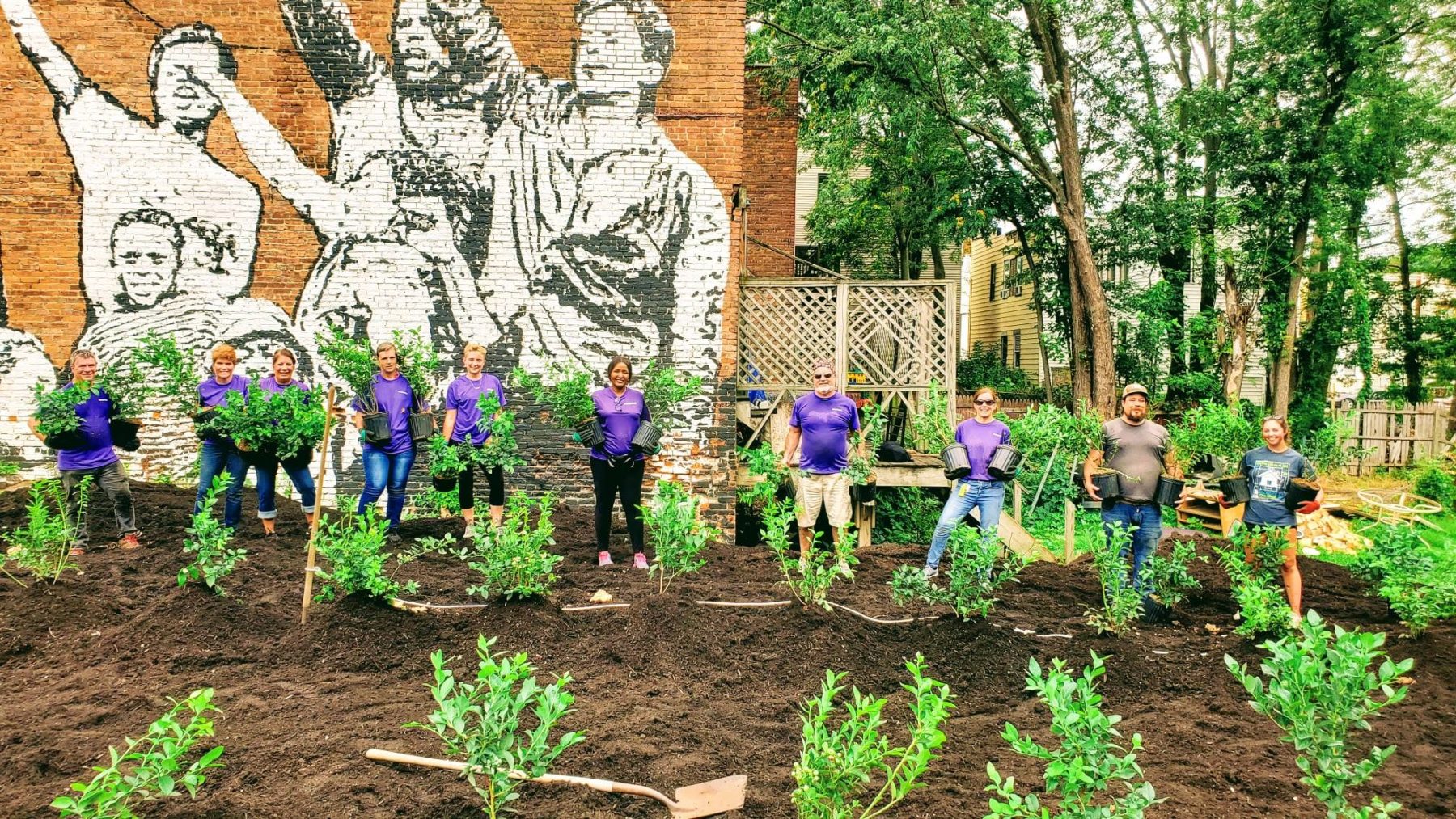
Topic
Health
The health of individuals and the health of communities are linked in so many ways, from zoning to access to fresh food, safe housing, safe streets and parks, and proper medical care. How is this growing realization affecting practice for both community development organizations and health care organizations? What does it take for these two separate worlds to partner toward shared goals?
The Latest
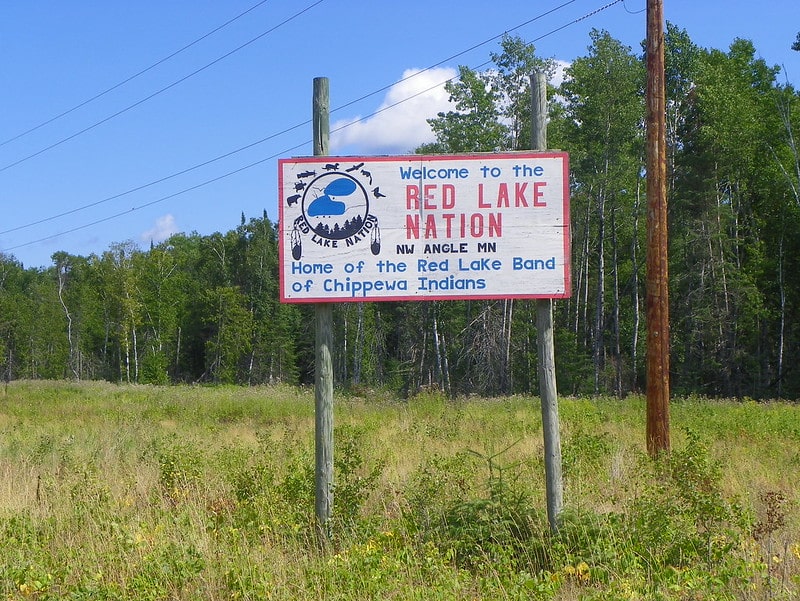
Tribal-Sponsored Development Offers Housing and More in Minneapolis
A hub for health care, social services, and community, the Mino-Bimaadiziwin apartments meet the unique needs of urban Native Americans while enriching the surrounding community.
Explore Articles in this Topic
Search & Filter Within this Topic
filter by Content Type
filter by Date Range
search by Keyword
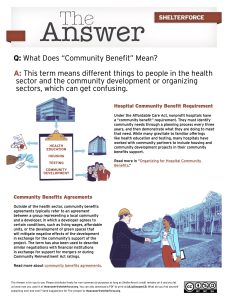
Q: What Does ‘Community Benefit’ Mean?
A: This term means different things to people in the health sector and the community development or organizing sectors, which can get confusing.
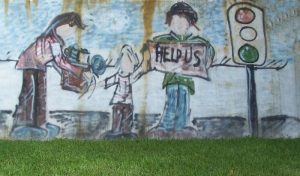
What’s Driving Homelessness? It’s Not Immigration and It’s Not Opioids.
Homelessness rose by 12 percent between 2022 and 2023. Blaming drug use and immigration for the increase distracts us from the real causes.
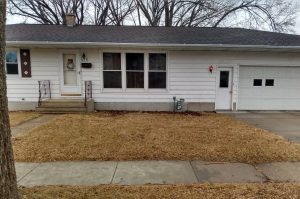
Instead of Demolishing, Hospital Lets Homeless Coalition Relocate Houses
When a Wisconsin health care system needed to clear space for a parking lot, it sold the homes for $1 and donated land to move them to.
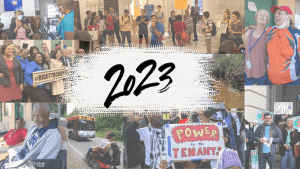
Shelterforce’s Top 10 Stories of 2023
What were the biggest Shelterforce stories of the year? We count down the top 10 of 2023.

How to Really Reform the Low-Income Housing Tax Credit Program
Adding more credits and making tweaks do not actually address some of the major weaknesses of the program. We should be bolder.

You Might Have to Accept Cuts—But Don’t Accept Devaluing of Your Work
As municipalities face post-pandemic fiscal shortages, there’s a longer-term danger lurking behind budget fights.
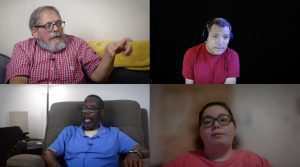
What Makes Our Homes Accessible?
Four disability activists tell us what they needed to make their homes accessible, and how difficult it can be to find accessible housing.
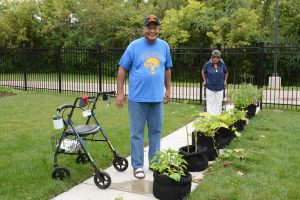
A COVID Upside: It Pushed Organizations to Do Better
During the pandemic, community development organizations had to work double-time to adapt to residents’ needs. For some, that work yielded important lessons about better helping their communities, permanently.

Rebuilding After Trauma: Public Spaces in Cleveland
Traumatic events, and the ongoing traumas of vacancy and disinvestment, can be strongly associated with the places where they occurred. In Cleveland, several organizations are bringing new function and meaning to traumatized spaces.

Nonprofit Affordable Housing Developers Navigate Troubled Waters
As housing and building costs rise, nonprofit developers find themselves with strained resources as pandemic relief dries up and tenants need housing assistance more than ever.
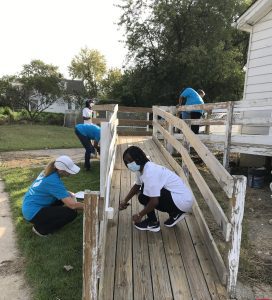
Why Housing Policy Should Include More Funding for Home Repairs
Researchers found that older homeowners in St. Louis averaged $13,000 in unmet home repairs. Here’s how advocates can measure home repair need in their own cities, and why repairs make a difference.
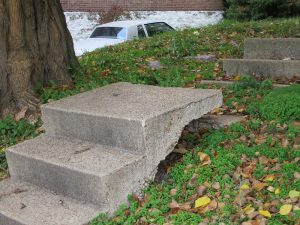
Poor by Design: SSI Asset Caps
Asset caps on SSI and other benefits keep people with disabilities from building up emergency savings and financial security—or buying a home.
